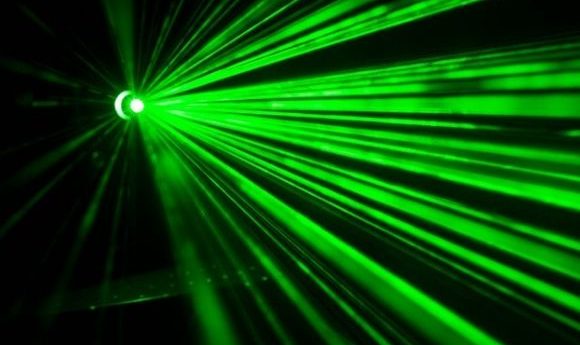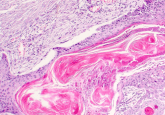How can you diagnose and treat skin cancer without cutting skin?

Multiphoton microscopy holds the potential to detect and treat diseases, such as skin cancer, instantaneously without the need for invasive biopsies.
A team of researchers from the University of British Columbia (BC, Canada) has developed a microscope with the potential to both diagnose and treat diseases without cutting the skin. Using an infrared laser beam, the microscope has the potential to not only scan and detect disease, including skin cancer, in living tissue, but also perform surgery on the affected region by increasing the heat produced by the laser.
“Our technology allows us to scan tissue quickly, and when we see a suspicious or abnormal cell structure, we can perform ultra-precise surgery and selectively treat the unwanted or diseased structure within the tissue – without cutting into the skin,” explained co-lead author Yimei Huang.
Published recently in Science Advances, the novel technology has been described as “a specialized type of multiphoton excitation microscope that allows imaging of living tissue up to about one millimeter in depth using an ultrafast infrared laser beam.” It allows the instantaneous detection and treatment of disease by health professionals as soon as it is applied to skin.
“We can alter the pathway of blood vessels without impacting any of the surrounding vessels or tissues,” commented co-author Harvey Lui. “For diagnosing and scanning diseases like skin cancer, this could be revolutionary.”
-
Multiphoton microscopy for deep tissue penetration
-
Can skin cancers reduce the risk of getting Alzheimer’s disease?
-
Novel applications of multiphoton microscopy
The researchers’ initial aim was to increase the scope of applications of multiphoton microscopy, while simultaneously increasing its precision.
“We wanted to be able to identify what was happening under the skin from many different angles and to have the capability of imaging different body sites,” remarked senior author Haishan Zeng. “Once we achieved that, we wondered whether we could transform this diagnostic device into a treatment device by simply turning up the power of the laser.”
“We are not only the first to achieve fast video-rate imaging that enables clinical applications, but also the first to develop this technology for therapeutic uses,” concluded Zeng.


